I was a big fan of the Prince Phantom line of racquets when they were first released. This is the update to the Phantom 100P and 93P.
The Prince Phantom P line is all about the thin beam and being in control. The feel of these racquets are great, but they are all pretty demanding to use. The update to the P series is pretty slight, especially for the mids, so all that was good about the first edition of the Phantoms remain. The Phantom 100P was the winner of the test for me personally though
Tech of the Prince Phantom P-series
One update is the removal of the word “Pro”. Something I suggested in my previous review. Many racquets today use the words Pro and Tour. This creates a lot of confusion and reduces or removes the meaning of the word. Simplification is the way to go in my opinion.
The other update is the addition of the ATS. ATS means Anti-Torsion System and adds Textreme and Twaron in the upper hoop (10 and 2 o’clock) and the shaft. The benefit is supposed to be an added stability without adding weight.
These updates go for the three different P racquets in the line: the 100P, 93P 18×20 and 93P 14×18. Let’s go through them all and start with the big brother.
Prince Phantom 100P Review
The Phantom 100P was the best update of the three. Added stability at the top of the hoop, and an even better connection to the ball, are the two things that stood out. The rest was pretty much the same as the predecessor. If you have that one, is it worth the update? Not sure. But if you do not have that one, this is a very nice racquet to consider if you can handle a higher swing weight.
Talking about specs, they are very similar to the predecessor. The only difference between the Phantom 100P I reviewed is the very slight CTS beam increase. The beam goes from 16.5 to 19.5mm to 20.5 mm compared to the 16/18/20 mm beam of the previous version.
Strung specs:
Head size: 100 sq inches
Length: 27 inches
Beamwidth: 16.5 mm / 19.5 mm / 20.5 mm
Weight: 330 grams with overgrip
Balance: 31.8 cm
Stiffness: below 60 strung (flexible)
Swing weight: 330
Phantom 100P – How does it play?
For some reason, I felt it was a bit easier to generate spin with this racquet. Not sure why to be honest, could be that I have improved my technique a bit in that respect. But the most noticeable improvement is the stability in the upper hoop. This expands the sweet spot quite a bit and makes this racquet a bit more forgiving than the predecessor.
Still, this is not a racquet that is “easy” to use. The 330 swing weight makes it a bit more sluggish than most 100 sq inch racquets. And for that reason, I prefer the Phantom 100X 305 over this one. I did felt like this one was better on flatter strokes though. It offered a very clean and responsive hit and I enjoyed it a lot.
Prince Phantom 93P Review – 14×18 and 18×20
A lot of players preferred the more open string pattern over the closed of the 93P when it came out. I was not one of them. I felt like the string bed became a bit unpredictable and that the open string pattern really shortened the string life. The 18×20 version feels more controlled and direct, although it is a bit more difficult to defend with.
The updates to both of these frames were minimal (besides the new purple-grey cosmetic of course), but I did feel that the ATS improved the response in the upper hoop on both the tight and the open pattern versions. I still prefer the 18×20 for the added control, but I felt the 14×18 was more of an improvement compared to the predecessor. The feel was a bit softer and more responsive with this update.
Phantom 93 P – Strung Specs
Prince Phantom 93P 14×18
Head size: 93 sq inches
Length: 27 inches
Beamwidth: 16.5 mm / 19.5 mm / 20.5 mm
Weight: 343 grams
Balance: 31.2 cm
Swing weight: 329.5
Prince Phantom 93P 18×20
Head size: 93 sq inches
Length:27 inches
Beamwidth:16.5 mm / 19.5 mm / 20.5 mm
Weight: 345 grams
Balance: 31.3 cm
Swing weight: 331
How do they play?
I have asked this question before, but are midsize racquets still viable? In my mind, they are, if you have a flat and aggressive game style and appreciate the maneuverability they provide. They don’t offer a forgiving sweet spot or a lot of margin for error, but you know that already. There are not many mids still on the market, but the ones that are such as the 93Ps and the new Prestige Mid deserve to be there.
I love attacking with midsize racquets. They perform brilliantly on serves and approach shots. As soon as you get on the defensive, things get a bit more difficult. And if you’re playing mostly on clay, you could probably do better with other racquets.
I did not find enough of an improvement to justify an update from the previous version. But if you don’t have that one and are looking for a fast feeling racquet that is stable and offer great plow-through – check out the 93P.
If you want a bit more lift over the net and free depth, go for the 14×18 version. If control is your cup of tea, go for the 18×20.
Summary
The Prince Phantom P-series is still an excellent choice for lovers of thin beams, lower flex ratings, and that beautiful box beam response. I think the line definitely applies more to advanced level players though because the swing weight is 330 and the racquets require some good technique to get around.
My previous favorite of the P series was the 93P 18×20. Now that I am moving more to a semi-western grip and a more spin-focused game, the 100P is the most likely contender for place in my bag. Still, it requires good footwork and technique and can feel sluggish on defense. But it does pretty much anything else well. Serves, slice, and attack shots all penetrate the court with good pace for a racquet with low stiffness.
All of these racquets are comfortable, control-oriented and offer a very responsive feel. Another solid update from Prince. It is not huge, but meaningful, especially for the 100P.
Have you tried the new Phantom Ps and what did you think of them? Video coming soon!

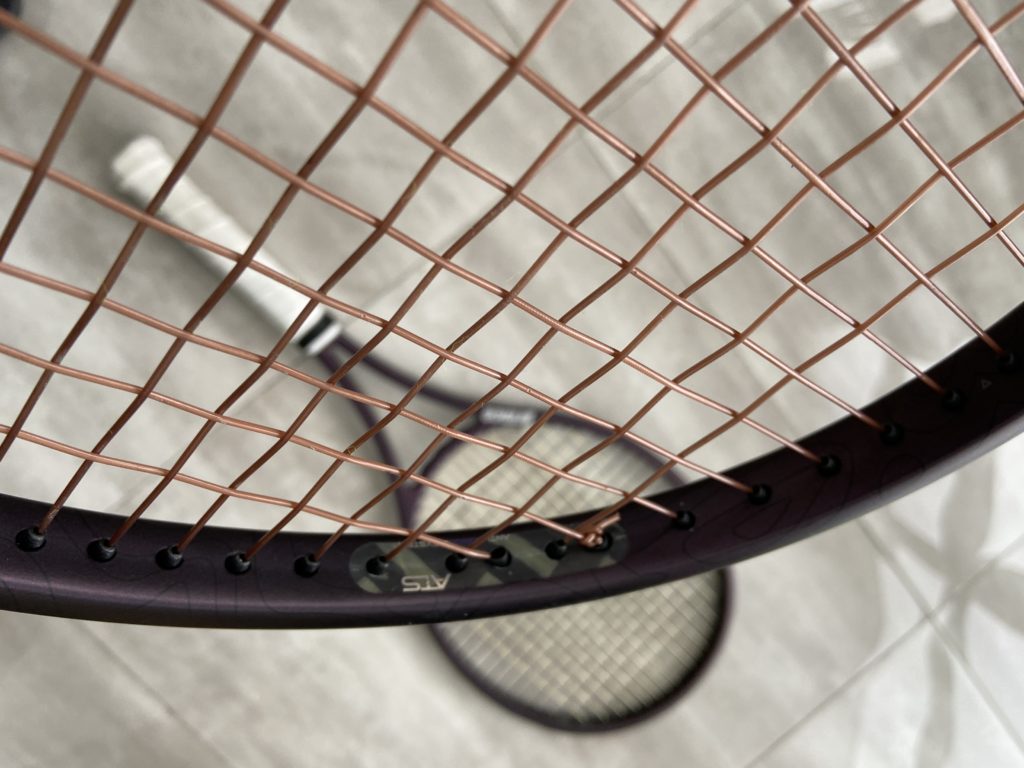
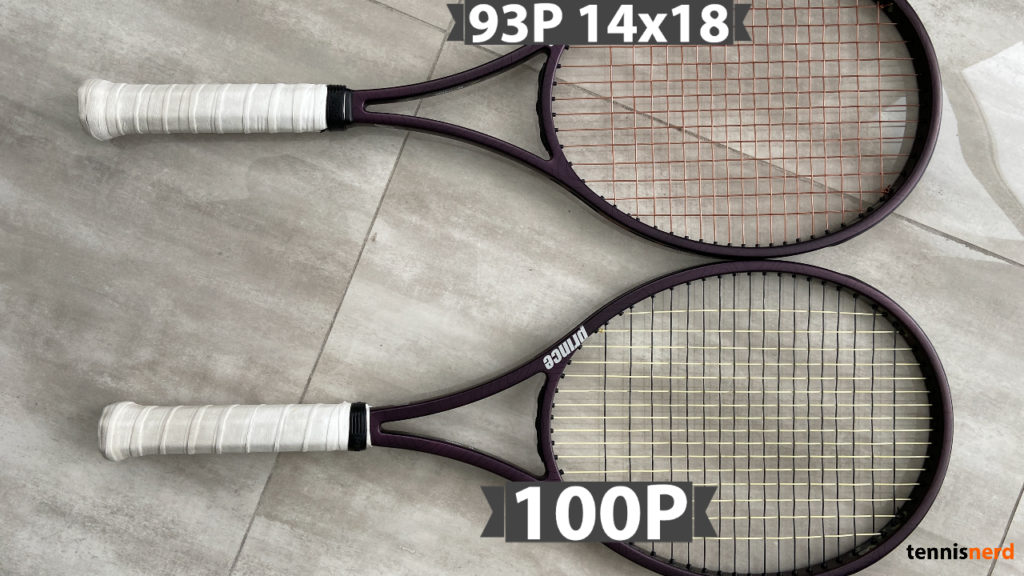
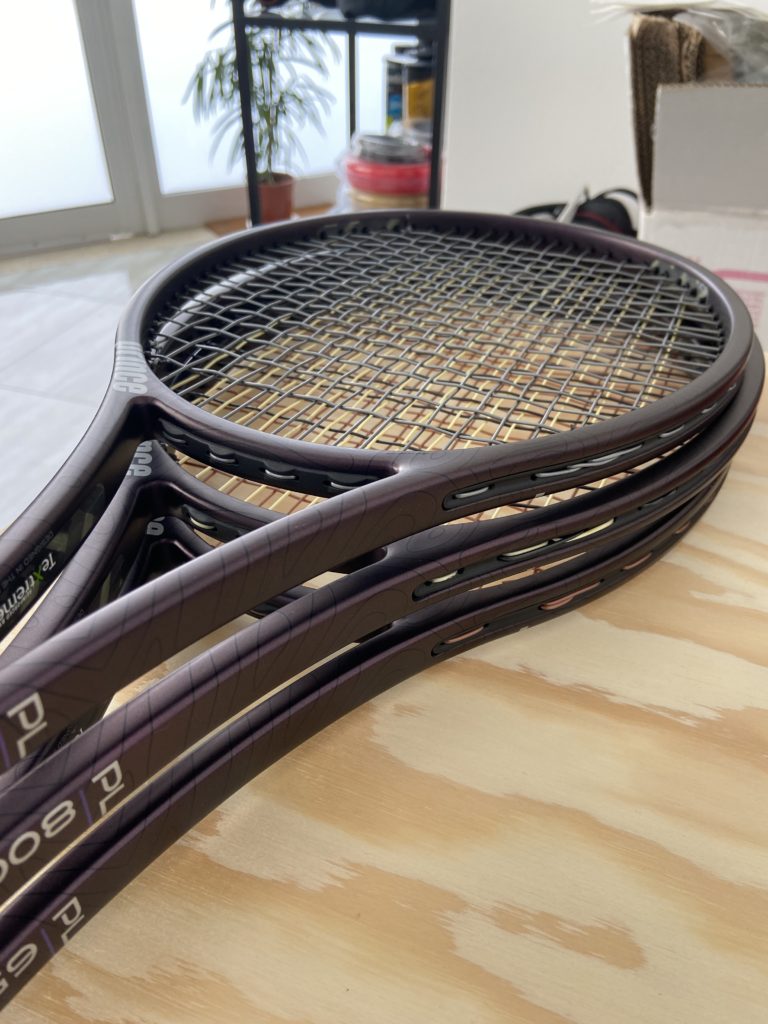
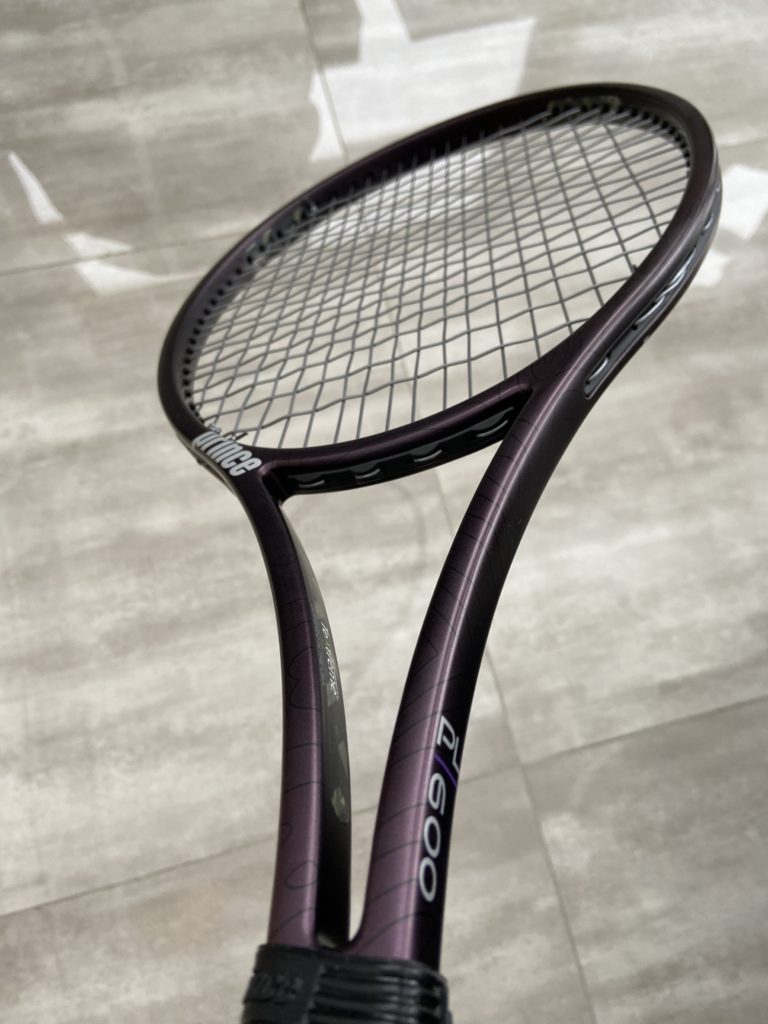
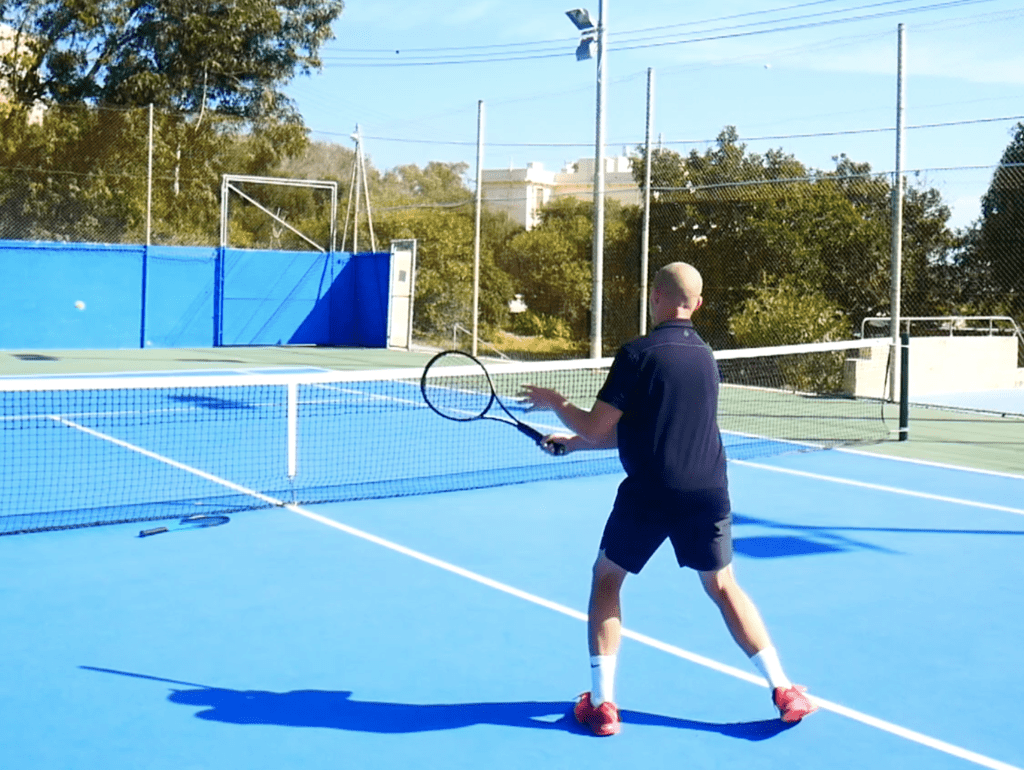





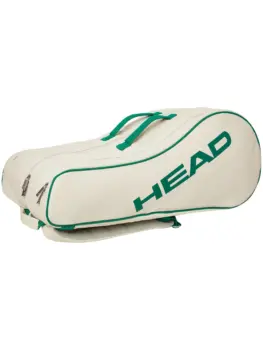



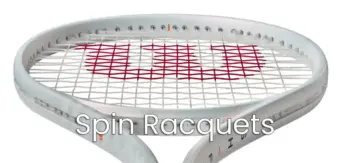


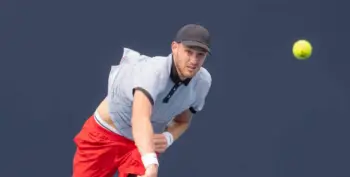
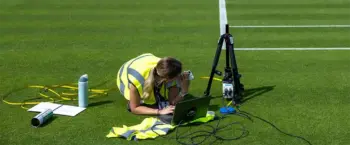

Thanks for the review!
What do you think the benefits are of having a thicker beam in the throat than the tip like the K7 Red has compared to being the other way around like the phantom?
Thanks. The K7 series is set up to flex in the head of the racquet, while the Phantom has more of a uniform flex. It is more a matter of feel than anything else.
Thanks for the review!, I had a demo of the phantom 100x 305 and really liked the feel, spin and maneuverability of the frame. Only thing that I didn’t like was that it felt a bit too powerful. Would you recommend the 97p to get similar levels of feel, spin and manueverability but a little less power? Thanks
I think the 100P would be a good choice for more control than the 100X. Regards / J
Many thanks for just another great review! I have many questions, as allways, but decide to wait even this time. I read evereything you have to say, since a couple of years, and it has enlightened my life. Big time! I’m not new to tennis. Far from it! Because of this review I just thought it was the right time to say hello and thank you for everything, so far. Keep up the good work! You have been doing this in a fantastic way for quite a while, and in these days it’s more important then ever to find hope. Tennis is NOT a “contact sport”! I recommend everyone to play more and more often. To those never played tennis before and/or perhaps have some thougts about starting; Just do it and make it happen! Best Regards George F
Thanks a lot, George! I really appreciate the comment. Regards / Jonas
Again another great review thanks! I currently own several phantom 100’s from previous edition (not the pro version by the o-port). I am currently testing the new 100p. I like the frame but I don’t like the string and tension that came with it. It was strung with prince tour xp at 24kg. My current phantoms have hyper G at 23kg
What string would you recommend with the 100P?
I liked it best with a thinner poly, you could go with Hyper-G at 1.20 or 1.15 gauge for example. Alu Power 1.20 or 1.15 was nice in it, a budget poly like MSV Focus Hex 1.23 works well too.
Great review; this actually motivated me to switch to the 100P, from a Dunlop CX200 Tour 16×19. However, while I really like the way it plays, my 100P’s came in with an unstrung balance of 31.9cm (.4 cm above list spec), so my strung SW is around 333, and I’m struggling generating RHS especially on my 1HBH. Considering both the Diadem Elevate and Elevate Tour, as well as the new Pro Staff 97. How do those compare to this 100P?
As a 93p user I just picked up the 2020 version. It swings the same, but, feels way nicer. I didn’t think it could get any better! The Kevlar brings a classic pro staff element to it that is quite welcome. Hyper G and pronce vortex triad feel great in this frame. The 93p will go down as a classic it has to.
What about clay, I generally gravitate towards 18×20 racquets (Head Prestige Classic 600 and such) but you’re saying for clay one should look elsewhere. I live in Europe, so I play on clay, would you advice I choose the 14×18 instead of the 18×20?
Thanks for all your awesome reviews! I love the 100P but sometimes feel like it can be a little slow to manoeuver. I’ve tried the 100x and it was just missing some of that plow for me. Have you any recommendations for a stick that is like a slightly more manoeuvrable 100p? I think if I find this racquet I might be able to stop my hunt for the perfect one for me.
I’m also searching for that racket – try the pro 100p it feels like a whippier version of the 100p